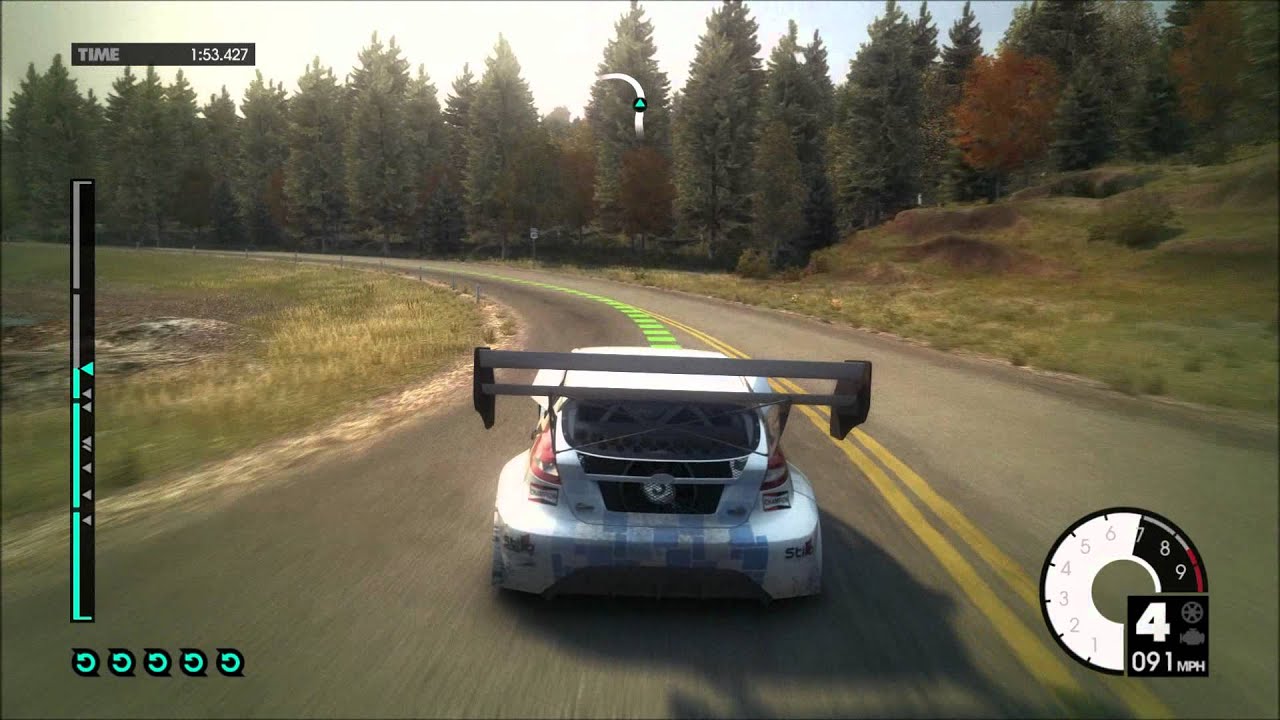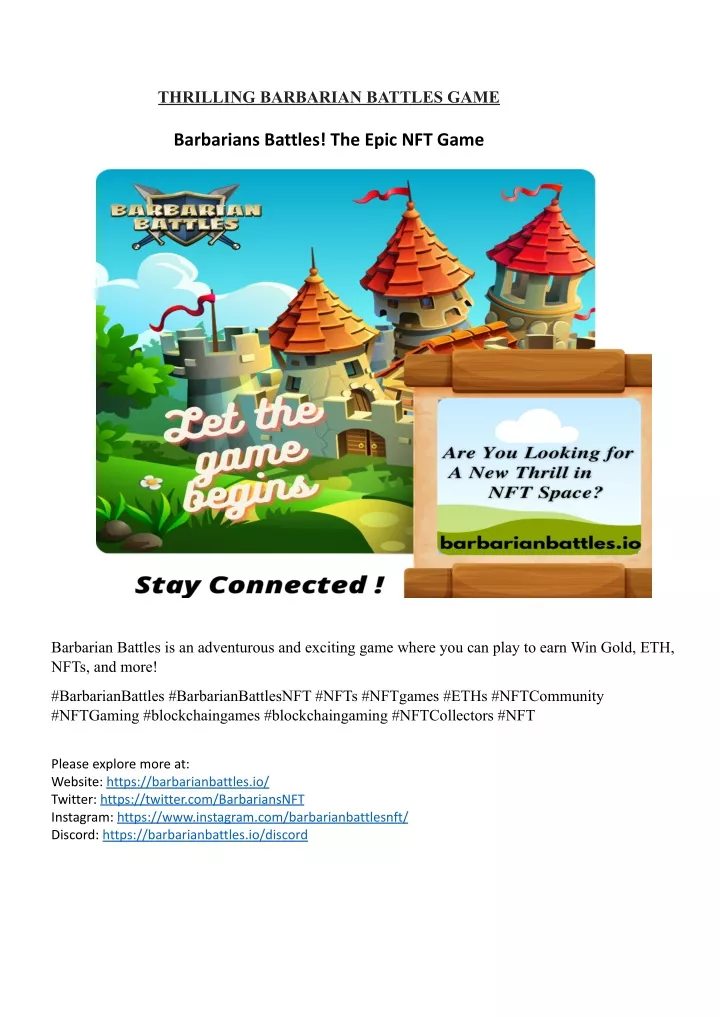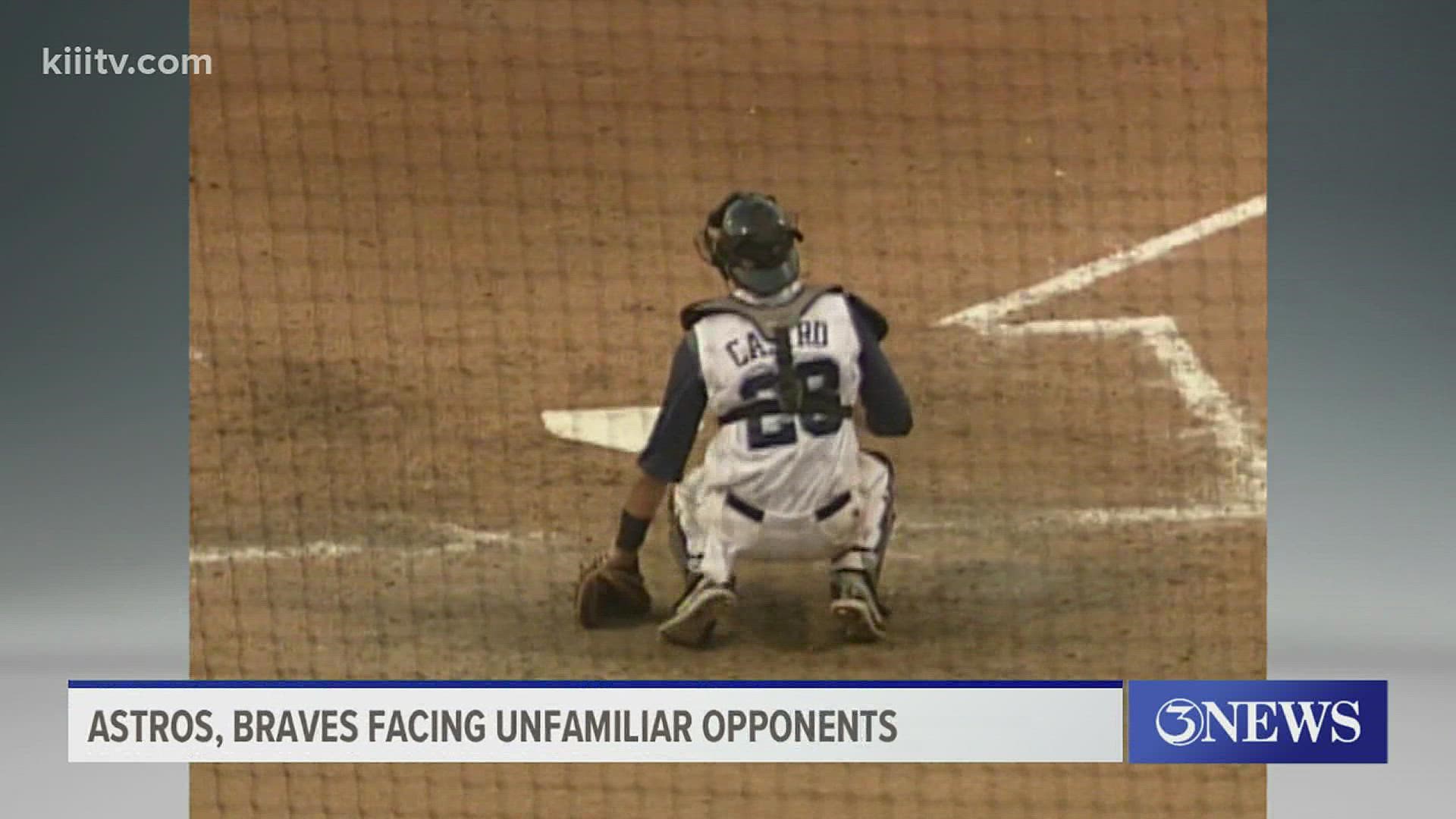

Each couple began with £10 and could earn another £10 for each correct answer in the first round. As before, three couples participated, in just two rounds of questions.
GAME SHOW PRESENTER 3 AND SERIAL SERIES
In the final series (1987–1988), the 1,000-to-1 quiz was replaced by a general-knowledge, fingers-on-buzzers quiz. Sunderland went on to design some of the most successful 'new-wave' populist museums in Britain, starting notably with the Jorvik Viking Centre in York, which like his dustbin became an overnight hit with the British public. In the first series, the winners of the quiz would return the following week to compete again, while the other two couples would progress to part two, but from the second series, this changed to the worst-performing couple being eliminated, taking home the money they won in the quiz and a ceramic model of Dusty Bin.ĭusty Bin was conceived as the booby prize by the show's producer Derek Burrell-Davis and created as a cartoon character by the designer and animator John Sunderland, who also designed the opening and end titles and the themed 'costumes' for Dusty Bin. Ted: " Elizabeth II", Contestant: "Queen"). Another example would be people and their titles (e.g. Ted Rogers would say, for example, an island and the contestants would have to name the country to which it belonged (e.g. The questions were usually of the same 'word association' format.

Each correct answer in the second round was worth the total amount scored in the first, hence the need to avoid a zero score which would have meant a couple were playing for nothing. Each member of the couple answered in turn with the lady answering first and the first answer was given to her to avoid the possibility of a zero score, An incorrect answer, or the time limit, would immediately end the round. Passes were permitted but there was no opportunity to return to the question. The first round consisted of a maximum of 10 questions (in 30 seconds), each correct answer being worth £10 (or in the first series £1, but with three rounds available). In part one of the show, three couples have the chance to win up to £1,000 in the "1,000 to 1 quiz". The changing themes were dropped for the final series where a more generic stage set was re-used each week. In later series, Dusty would appear at the start of the show dressed in a costume relating to that week's theme. All of the variety acts, quiz questions, stage sets and clues subsequently followed this theme. Each show had a theme, such as "Seacruise" or the "Swinging Sixties". If the contestants ended up with Dusty at the end of the show, all they got was a brand new dustbin. One of the clues, however, referred to Dusty Bin who was the show's booby prize. The overall objective of the game was to survive elimination through to part three of the show, and try to unravel a series of cryptic clues in order to win the star prize. These days if a show gets nine million everyone does a lap of honour."

We were still getting 12 million viewers when they took it off after ten years.
GAME SHOW PRESENTER 3 AND SERIAL TV
Ted Rogers claimed in an April 1996 interview that "The Oxbridge lot got control of TV and they didn't really want it. The final Christmas special, broadcast on 24 December 1988, attracted 12.5 million viewers, but an eleventh series was not commissioned. The show occupied a Saturday early evening slot for most of its run. The first series, though intended as a summer filler, attracted up to 16.5 million viewers and subsequent years never failed to peak below 12 million. The show was a huge success, consistently pulling in large ratings. responda otra vez and was a trio of three shows in one: a quiz, variety and a game show. It was based on a Spanish gameshow called Un, dos, tres. It ran for ten years, between 29 July 1978 and 24 December 1988, with Ted Rogers as the host. The original title card, used from 1978-1983.ģ–2–1 was a British game show that was made by Yorkshire Television for ITV.


 0 kommentar(er)
0 kommentar(er)
